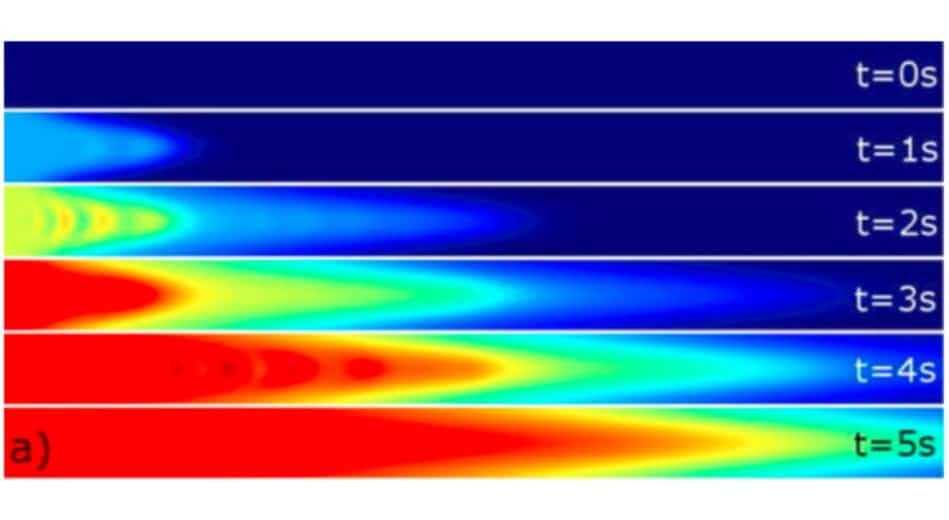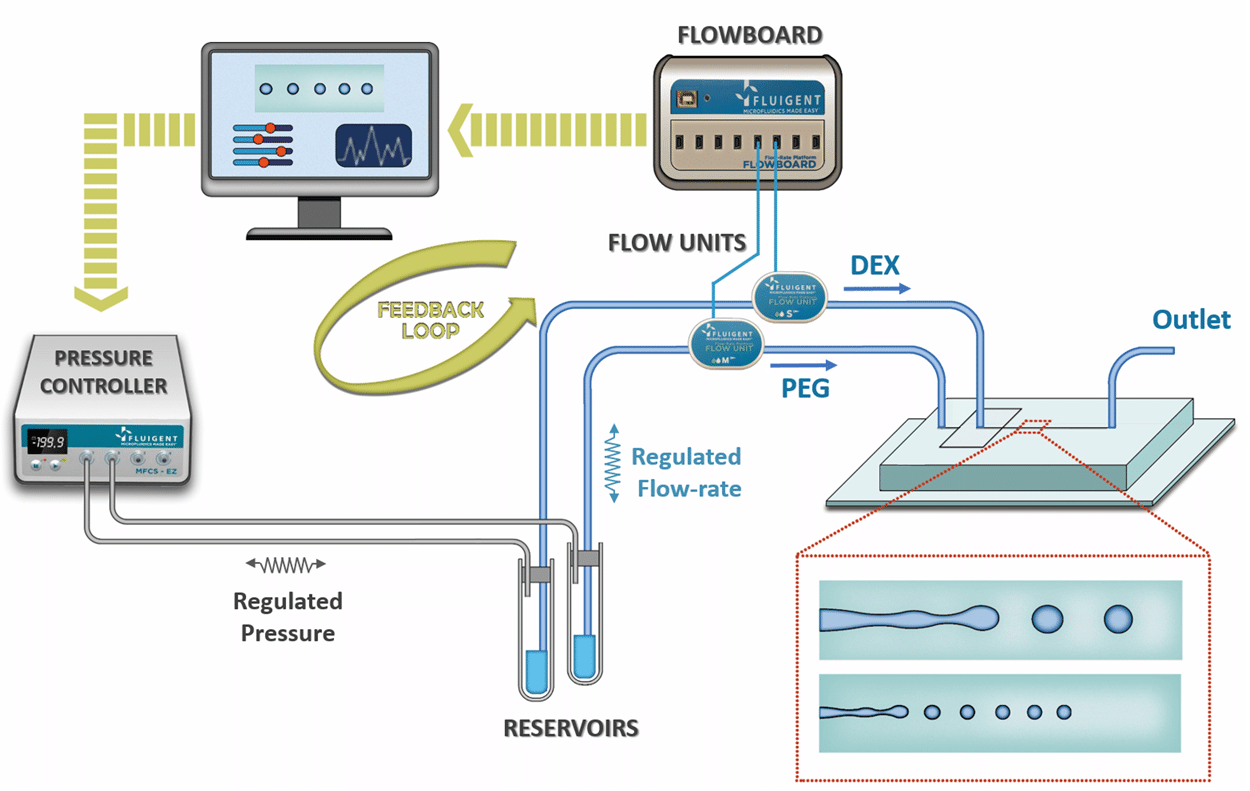Microbead-based microfluidics (droplet-based microfluidic using specific gel as dispersed phase) is a powerful technic which…

Customer paper on a microfluidic needle
A microfluidic needle for sampling and delivery of chemical signals by segmented flows
By Shilun Feng, Guozhen Liu, Lianmei Jiang, Yonggang Zhu, Ewa M. Goldys, and David W. Inglis from New South Wales in Australia.
We have developed a microfluidic needle-like device that can extract and deliver nanoliter samples. The device consists of a T-junction to form segmented flows, parallel channels to and from the needle tip, and seven hydrophilic capillaries at the tip that form a phase-extraction region. The main microchannel is hydrophobic and carries segmented flows of water-in-oil. The hydrophilic capillaries transport the aqueous phase with a nearly zero pressure gradient but require a pressure gradient of 19?kPa for mineral oil to invade and flow through. Using this device, we demonstrate the delivery of nanoliter droplets and demonstrate sampling through the formation of droplets at the tip of our device. During sampling, we recorded the fluorescence intensities of the droplets formed at the tip while varying the concentration of dye outside the tip. We measured a chemical signal response time of approximately 3?s. The linear relationship between the recorded fluorescence intensity of samples and the external dye concentration (10–40??g/ml) indicates that this device is capable of performing quantitative, real-time measurements of rapidly varying chemical signals.
This work was made possible thanks to our MFCS™-EZ with MAESFLO™, to provide positive pressure orders in the T-junction.
For more information: doi: 10.1063/1.4995657 or Appl. Phys. Lett. 111, 183702 (2017).



